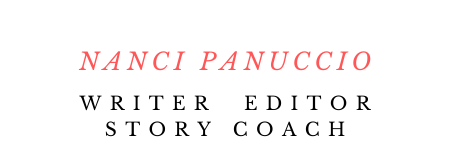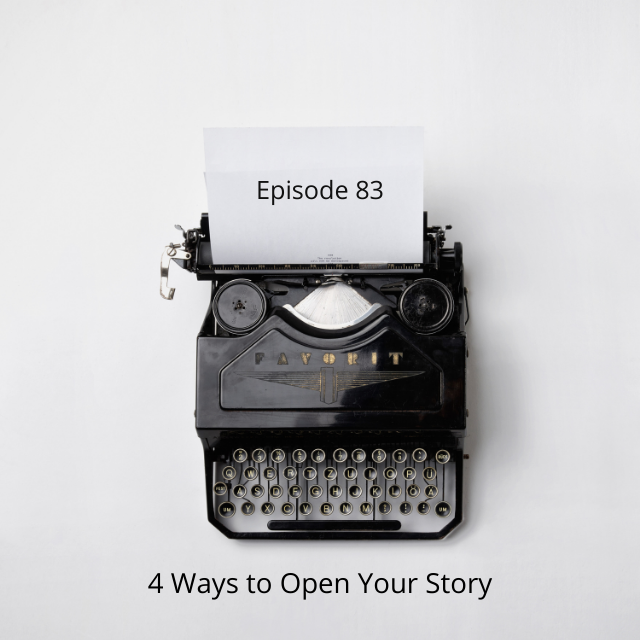Your story opening is your only chance to hook your reader. So you want to start strong.
It doesn’t matter if the middle of your story is brilliant. Or your second chapter is fantastic. Or if your story starts picking up speed 7 pages in. Readers won’t wait for that.
In today’s episode, I’m going to break down 4 story openings to spark some ideas. So you can craft a story opening that keeps readers eager to read more.
Download as an MP3 by right-clicking here and choosing “save as.”
Episode at a glance:
[2:02] The job of your opening
A strong opening drops readers into the world of your characters. It establishes the tone it establishes place and narrative voice. It manages readers expectations. It manages readers expectations, your opening should give the reader some idea of what and who your story is about. Most important, your opening should entice the reader to keep reading.
[2:50] 3 Common Missteps Writers Make With Their Story Openings
Info dumping, long forays into backstory, and the weak opening are common ways writers go astray with their story openings. Learn how to avoid these missteps and revise your current opening in a way that immediately lures readers in.
[13:48] In-Progress
You’ve probably heard of this as in medias res. You can drop readers into the action, or a conversation, or a combination of both. But you want to put your protagonist in some interaction, either with another character or if we meet the character alone, interacting with and responding to some situation. You’ll hear examples of both.
[16:45] Description
Description situates your reader inside the world of your story. You’ll hear an example of description that gives the before the significant situation that changed everything for the characters.
[18:03] Summary
Summary gives us a sense of a wider life around your character. It drops hints of what’s to come. And it gives us insight into what kind of trouble your protagonist is about to encounter.
[18:03] Significant History
This is story of how your character arrives at his or her present situation wanting what he or she wants.

